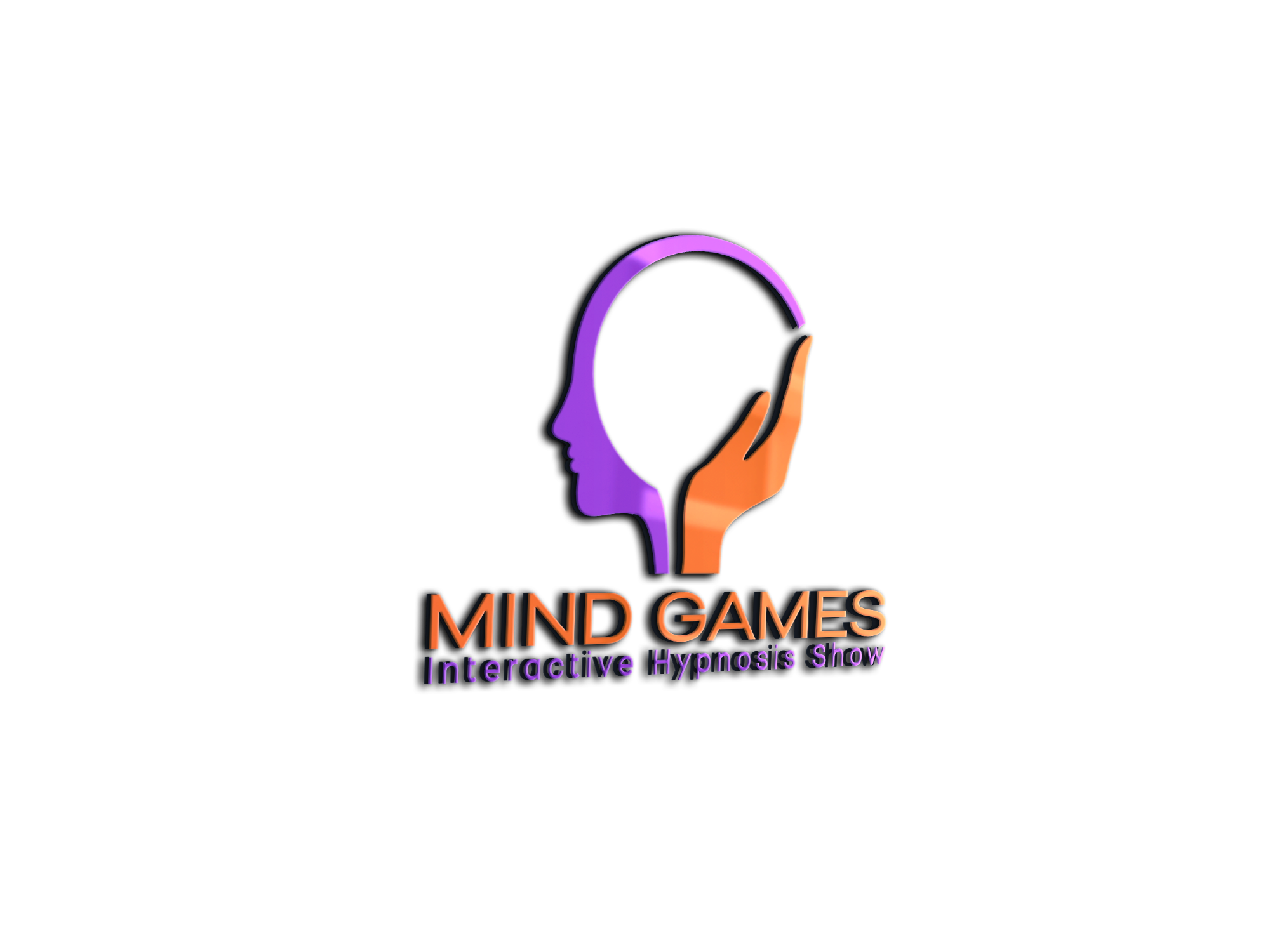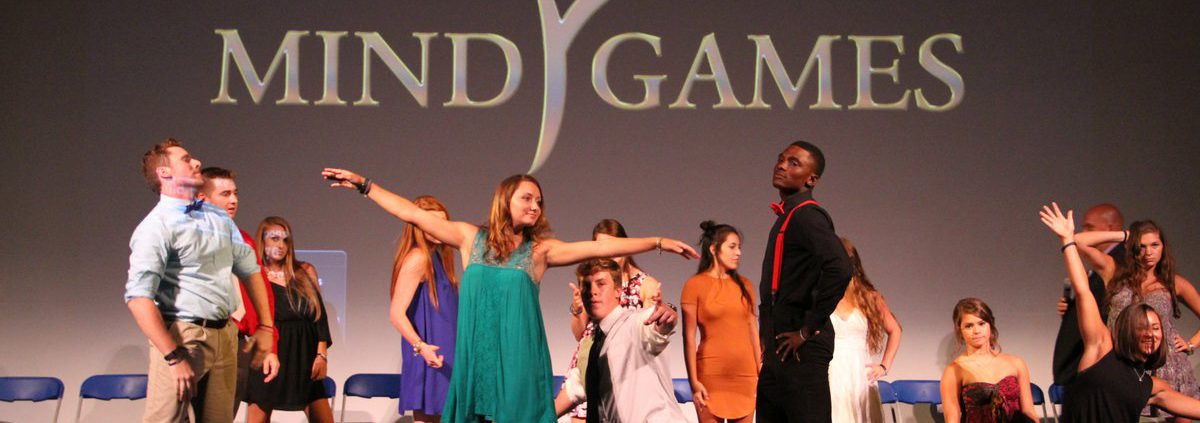I Created a Hypnosis Show That Went Against Tradition. (And people loved it.)
“There’s nothing special about your hypnosis show.”
The words made my stomach twist. I had been a professional hypnotist for six years, performing mostly in the college market and for high schools. After five years on my own, I had been picked up by an agent, but only did two more shows that first year with the agency than I had done the year before when I was self-represented.
Over lunch with my agent, I voiced my frustration that I wasn’t growing the way I hoped I would. What he told me next changed the trajectory of my whole career.
“You’re really good at what you do, you’re easy to work with, and your price point is right at the sweet spot in the college market. But here’s the thing: there’s nothing special about your show.” As much as it was hard to hear those words, I knew that my agent was trying to help me, so I listened.
“A lot of artists make the mistake of thinking that they are what is being purchased by the client, but that only works when you’re a legitimate celebrity. Until you get to that point, you have to keep in mind that the client is purchasing a show, not an artist. So when we reach out to people and try to sell your show, we have to be able to communicate what is special about that show that makes it something they should want to have. That’s what is traditionally called a “unique selling proposition” or USP. You don’t have a USP.”
He went on to explain that the most common criticism of stage hypnotists was that they all basically did the same show:
- You’re in the symphony orchestra. Play your instrument!
- You’re on the beach. It’s hot! Now it’s cold!
- These napkins are twenty dollar bills. Hide them so nobody takes them from you!
“There are a core group of hypnosis routines that are so common, it’s like the stereotype of a magician pulling a rabbit out of a hat or sawing a lady in half. Hypnotists aren’t innovating. If you could create a show that was really, truly different than what everybody else is doing, then we could explain that difference to people, and we could book you like crazy.”
It made sense to me. Now the question was: what do I do to be different?
As we kept chatting over lunch, we talked about how much college students want to feel involved and engaged. They spend all week being lectured to in classes. When they go to a live event, they don’t want to just sit there and get talked at even more. Could I build a hypnotism show that was truly interactive? Could I create a show that let them really get in on the action?
Up to that point, it was a common marketing tactic to point out that one of the great things about booking a stage hypnosis show was that it was “interactive entertainment.” The rationale was that it was interactive because some of the people from the audience ended up being on stage. But the interaction didn’t go any further than that. Once they were on stage, the dividing line was re-established. “The stars” on stage and the audience in the lower level. What if I could find a way to produce real interaction? What if I could keep the audience involved throughout the show?
At the time, colleges were just starting to use remote control devices to make the classes more interactive. The students could use the remote controls to take quizzes, or to be polled on their attitudes about the subject matter that was being discussed in class. The technology was already there; I just need to learn how to use it in a hypnosis show.
Up to that point, stage hypnotists performed their shows much like a musical act or a comedian, from an organizational standpoint. You had a “set list” of things that you planned to do. You showed up at the venue, and you worked your list from beginning to end. I needed to change that somehow.
For every situation that I wanted to do on stage, I created three possible choices, three ways it could go a little differently. I presented the choices to the audience by projecting the ideas on a screen, they voted using the remote controls, and I did whatever got the most votes. Now I was offering a more diverse set of ideas, and the audience could let me know which ones they felt best about. They were getting a show customized to their preferences.
I debuted “Mind Games” in the fall of 2010, and it was received with huge enthusiasm. Students LOVED being able to have an impact on how the show developed! The “unique selling proposition” was so well received that I doubled my bookings in the first year. I then went on to be selected for each NACA regional conference over the next three years.
I took the concept even further. I built TWO shows with entirely different content sets. One is a “pop culture” version that lets the audience vote on the latest in pop music, movies, and television to drive the scenarios on stage. The other show is the “Throwback Edition.” I research what was popular when the college students were between the ages of 8-14. All of the content evokes a sense of nostalgia. They get to vote for their old favorites and revisit them.
I don’t use remote controls anymore. That’s become outdated. Now there’s a polling software called Mentimeter that allows the audience to vote right from their phones using the standard web browser on their phones. It’s easier than using remotes, and the whole audience can be involved (I used to have a limited number of remote controls.)
Now I’m building a third show, and I’m more excited than ever. This new show will be focused on the power of music in our lives, and all of the voting choices will involve music somehow. Music is a wonderful shared experience that we all have in common, and I think this new show is going to be the best one yet.


